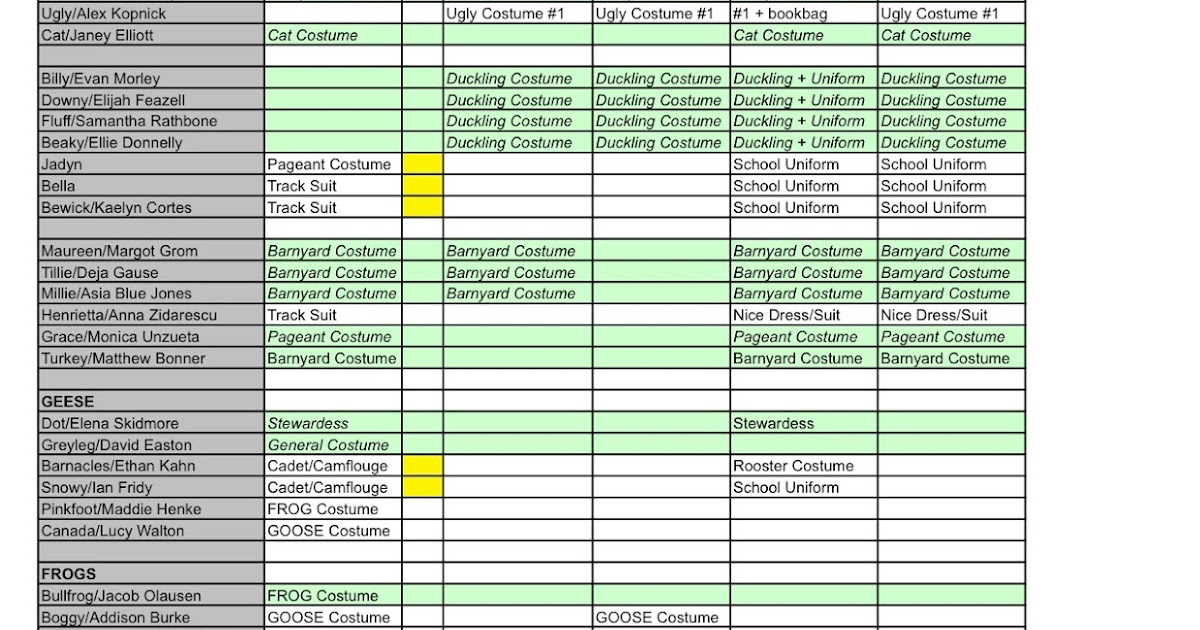

Remember that it is not the stage manager’s job to offer solutions to problems or make artistic decisions.It makes conversations about notes in the report much easier if designers and directors can refer to them as “costume note #3 ” instead of “that note from last night’s report”. II scene 3.” The same goes for the words “CUT” and “STRIKE”. I also like to use all caps for those notes so they stand out in the report for example, if we decide we want a pocket-watch for one of the characters, I will write “please ADD a pocket-watch for Joseph in Act. Always use “please” when requesting additions.Stating that “the yellow book came apart at the binding” will save the the staff a lot of time by telling them exactly what needs to be repaired or replaced.

For example, if one of the props gets damaged, a note like “a prop broke during rehearsal” would force the props staff to look through all rehearsal props in order to find the broken one.


You should include a section to summarize the day’s events, including breaks.The report should be distributed via email to the director, SM team, production manger, designers and assistants, shop heads, and in the case of academic settings, faculty advisors.The rehearsal report should also be designed in a way that makes it easy for each person to access the notes relevant to their department we usually do this by designating a specific section of the report to each different department. Notes should be specific and detailed, and they should be directed to all relevant staff. As an official document, the report should maintain a professional tone while tactfully delivering notes from the day’s rehearsal. It is also considered an official record for the production, and can be used for insurance and legal purposes. It is the most efficient way to get a large amount of information to a diverse audience. This is the singular most important communication tool for the stage manager.


 0 kommentar(er)
0 kommentar(er)
